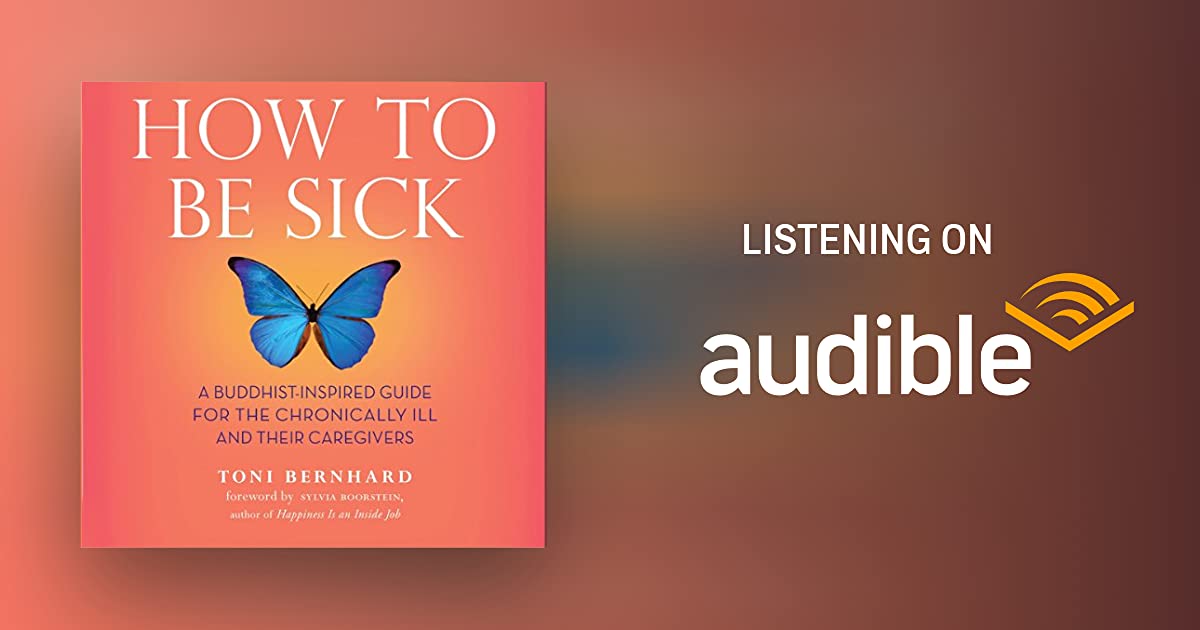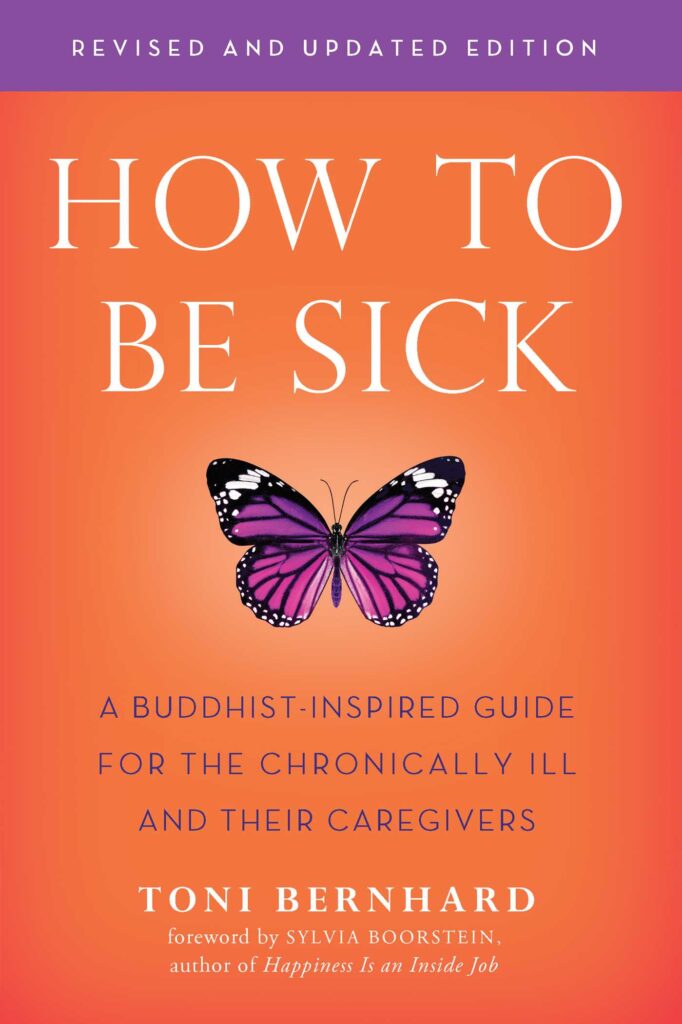Music for Pain
The effects of music on chronic pain have been a subject of interest for researchers and healthcare professionals for many years. While music may not directly cure chronic pain conditions, it has shown potential in helping individuals manage and cope with their pain. Here are some ways in which music can impact chronic pain:
- Distraction and Pain Reduction: Music can serve as a distraction from pain, shifting the focus of the individual away from their discomfort. When people engage with music, especially if they enjoy it, their brains may be less attuned to pain signals. This can lead to a reduction in perceived pain levels, providing temporary relief.
- Emotional Regulation: Music has the power to evoke strong emotions, and listening to certain types of music can positively influence mood and emotional state. For some individuals with chronic pain, music may help in reducing stress, anxiety, and depression, which are often associated with chronic pain conditions.
- Endorphin Release: Music has been shown to stimulate the release of endorphins, which are natural pain-relieving chemicals produced by the brain. These endorphins can create feelings of pleasure and well-being, helping to alleviate pain to some extent.
- Relaxation and Stress Reduction: Slow, calming music can induce relaxation responses in the body, leading to a reduction in muscle tension and stress levels. This relaxation response can be beneficial for individuals with chronic pain, as stress and tension can exacerbate pain.
- Neurological Effects: Listening to music can activate various brain regions involved in processing emotions and pain perception. Functional MRI studies have shown that music can modulate activity in these areas, potentially altering the perception of pain.
- Enhanced Rehabilitation: Music therapy, when combined with conventional pain management techniques and rehabilitation, can enhance the overall therapeutic effect. It may encourage patients to participate more actively in their recovery process.
- Improved Quality of Life: Chronic pain can significantly impact a person’s quality of life. Engaging with music, whether through active participation or passive listening, can offer moments of enjoyment and social connection, contributing to an improved sense of well-being.

It’s essential to note that the effectiveness of music in managing chronic pain can vary from person to person. While some individuals may experience significant benefits, others may find music less helpful or even find that certain types of music worsen their pain. The type of music, personal preferences, and the individual’s specific chronic pain condition all play a role in determining the impact of music on pain management.
Overall, music can be a valuable complementary tool in the multidisciplinary approach to chronic pain management, but it should not replace professional medical advice or treatments. If you or someone you know is experiencing chronic pain, it is essential to consult with a healthcare professional to develop a comprehensive pain management plan tailored to the individual’s needs.


















